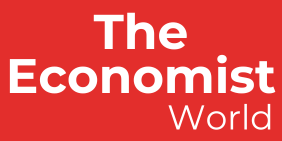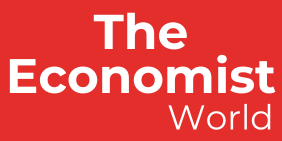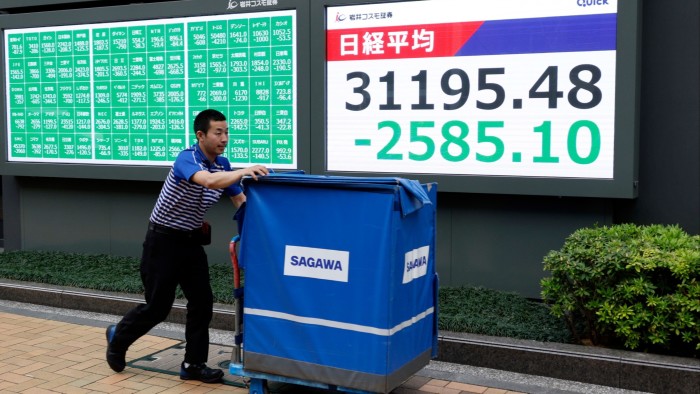Unlock the White House Watch newsletter for free
Your guide to what the 2024 US election means for Washington and the world
The White House promised in its schedule for Donald Trump’s jabberwocky trade taxes last week that markets would have their opportunity to “respond as the impact of renewed American strength takes hold”. That response? A moment of extreme danger, as the president’s tariff onslaught sparks disorder and distress.
Just look at the crisis-sized drop in US stocks and rush to price in a US recession, with ripples across every asset class and every part of the world. Trump has not blinked over the weekend, which means this week has started no better, with huge drops in Asia and Europe.
This is bad enough. Savings pots and pension funds, as well as Americans’ precious and keenly watched 401k contribution plans, have taken a brutal hit. It is an episode of wanton, unnecessary and illogical wealth destruction that will cast a long shadow over the investment case for US markets.
But it can get a lot worse, and quickly. It is already clear that hedge funds and other investors are in pain. Once that happens, self-reinforcing doom loops can emerge.
Evidence for this is scattered across markets. The biggest example is US government bonds. It is little surprise that they pushed higher in price last week after Trump revealed his plans — increased demand for haven assets such as Treasuries, albeit with a slow start in this instance, is par for the course in a shock.
The surprise, and the alarming bit, is that they reversed course and fell pretty heavily on Friday afternoon. This suggests investors are dumping what they can sell, not necessarily what they want to sell, to try to plug leaks elsewhere in their portfolios. The same goes for gold. Everyone loves gold in a crisis. But its price fell sharply in the final hours of last week — another sign that investors are selling the good stuff to make up for the horror show elsewhere.
When risky assets fall in price, that’s one thing. But when the safe assets take a hit, you really are in trouble. That was the turning point in the Covid crisis five years ago — the abrupt slide in Treasuries then was on a much bigger scale than what we have seen in 2025 (so far). But when it happened, it was clear that intervention was required.
The mechanism here is two-fold. One is that end investors seek to yank their money out of investment funds, leaving fund managers scrambling to meet redemption demands and selling what they can so they can hand money back as promised. The other is margin calls — demands from banks that hedge funds stump up cash, and fast, to plug the gap on failing trades. As we reported on Friday, these demands are now flooding in at the fastest pace since the depths of the pandemic.
The concern now among bankers and hedge fund managers is that something, somewhere could break. Hedgies are eyeing each other up to figure out who is in the stickiest spot.
Making matters worse, speculators are huddled in very similar positions. When they all have different bets on, they can cancel each other out without too much fuss. But American exceptionalism — a higher dollar, weaker bonds and US stocks beating the rest of the world — was hard-baked in to hedge funds’ strategies at the start of this year and still in the process of being unwound when Trump delivered his beloved global tariff strategy, penguins and all.
Bank demands for cash on parts of financial markets that are all making the same bet tend not to end well. The prime example here is the crisis that struck part of the UK pensions industry after Liz Truss’s disastrous “mini” Budget of 2022. Gilts fell in price, accounts linked to those pensions had to stump up cash, so they sold more gilts, so the cash demands racked up, and chaos ensued.
Even obscure investment houses can wreak significant damage. Few had even heard of the Archegos family office before it blew up 2021, lumbering a clutch of banks with billions of dollars in losses. This was one of the many straws that went on to break the back of Credit Suisse. The greatest example, though, is probably Long-Term Capital Management, or LTCM, a hedge fund whose debt-fuelled bets came unstuck first in Asia, then in Russia, leading it to require an enormous bailout in 1998 to prevent its losses from hobbling the wider financial system.
We are not there. But on Monday, Treasuries fell once again, while gold remained on the back foot. Self-reinforcing crises have a habit of simmering gently and then bubbling up uncontrollably. The Federal Reserve seems a long way from being able to help — rising inflation expectations make it hard to cut rates and even if it did, it is not clear that would help soothe the market tantrum.
So the entire financial world waits for a pivot from Trump. Can anyone in his administration convince him to roll back his flagship “liberation day” policy, perhaps in search of grovelling by other world leaders or fancy-sounding deals?
If not, markets seem likely to remain in meltdown and stocks continue to suffer. But any further declines in safe assets are the real distress flare to look out for.
katie.martin@ft.com


